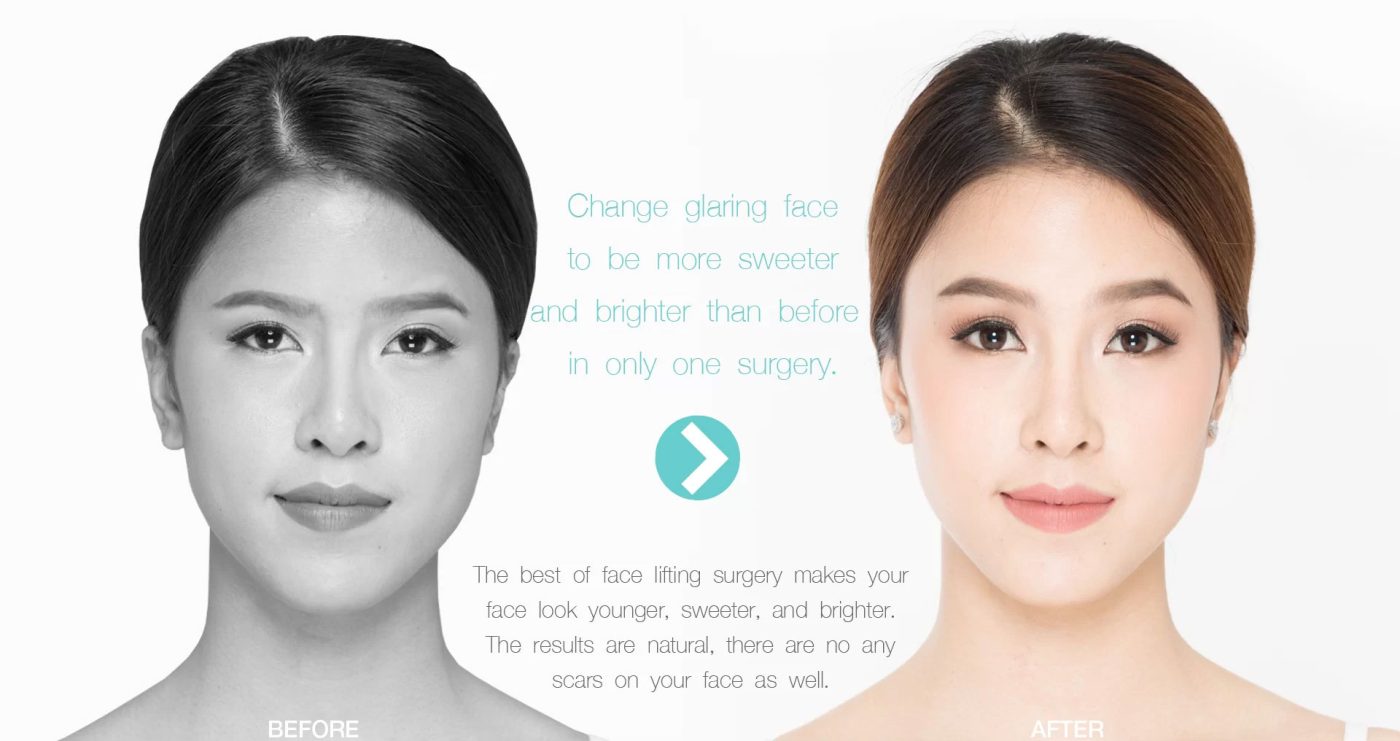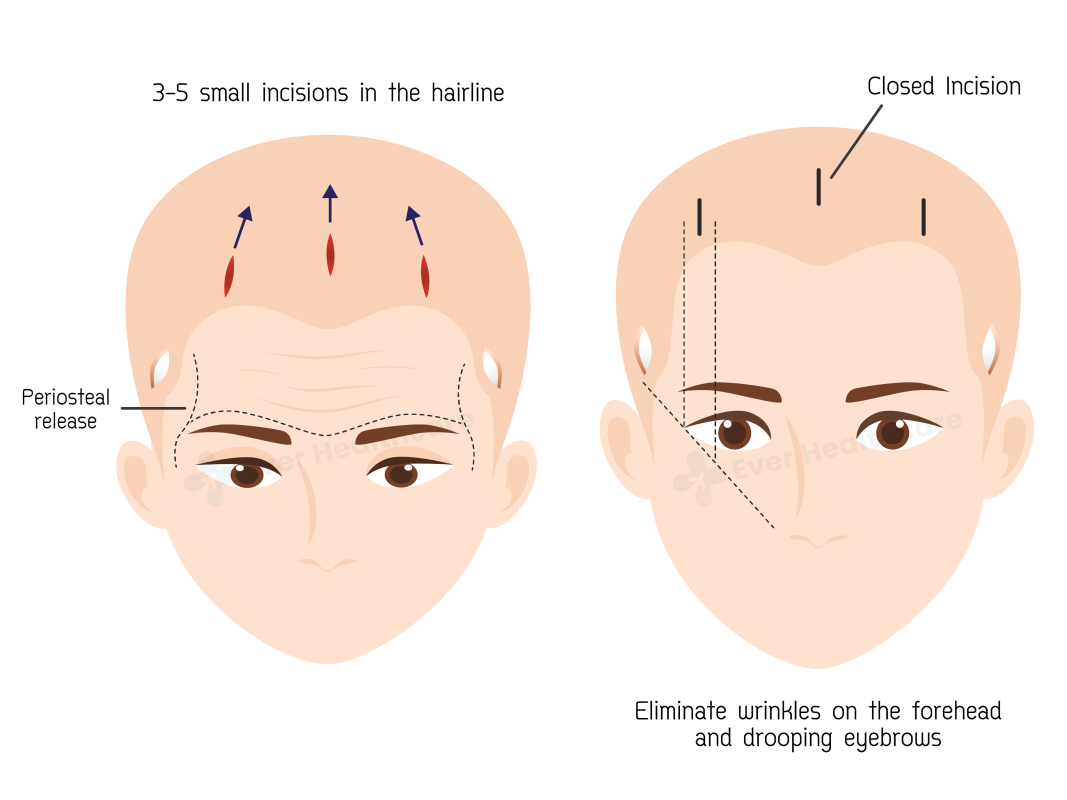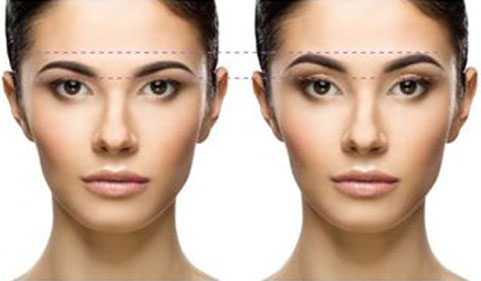What to expect from best endoscopic forehead lift surgeon in Iran
When you’re considering an endoscopic forehead lift, it’s important to have clear expectations and understand the procedure’s goals, potential results, and the recovery process. Here’s what you can generally expect from best endoscopic forehead lift surgeon in Iran at each stage:
Before the Procedure
– Consultation: best endoscopic forehead lift surgeon in Iran will evaluate your medical history, examine your forehead, and discuss your aesthetic goals. This is the time to ask questions and express any concerns you may have.
– Physical Examination: The best endoscopic forehead lift surgeon in Iran will assess the skin quality, muscle activity, and overall facial structure to determine the best approach for your surgery.
– Expectation Setting: best endoscopic forehead lift surgeon in Iran will provide realistic expectations for the outcomes of the surgery.
– Pre-Operative Instructions: You’ll be given guidelines on eating, drinking, smoking, and which medications or supplements to avoid before the surgery.
During the Procedure
– Anesthesia: Typically, the procedure is performed under general anesthesia or intravenous sedation.
– Technique: The surgeon will make a few small incisions within the hairline and use an endoscope (a tiny camera and light) to view the tissues and muscles on a screen.
– Adjustments: The surgeon will then adjust the tissues and muscles as planned, possibly using small anchors to secure the tissue in place.
– Incision Closure: After the adjustments are made, the incisions are closed with sutures or clips.
After the Procedure
– Immediate Post-Op: You will be monitored in a recovery area as the anesthesia wears off. You might experience some swelling and discomfort.
– Follow-Up Appointments: The best endoscopic forehead lift surgeon in Iran will schedule follow-up visits to monitor your healing process and remove sutures if necessary.
– Recovery Instructions: You will receive instructions for care at home, which may include how to manage swelling, medications to apply or take orally to aid healing and reduce the risk of infection, and when you can resume normal activity.
– Visible Results: Swelling and bruising may initially obscure results, but as the healing process continues, the improvements from the lift will become apparent.
– Long-Term Care: The best endoscopic forehead lift surgeon in Iran will discuss how to care for your incisions and provide recommendations to maintain your results, such as sun protection and skincare routines.
Additional Considerations
- – Surgeon’s Experience: Make sure your surgeon is experienced with endoscopic forehead lift procedures and is board-certified in plastic surgery or facial plastic surgery.
- – Photographs: Before and after photographs of previous patients may be provided to help set realistic expectations.
- – Risks and Complications: Your surgeon should discuss potential risks, which can include infection, scarring, hair loss at the incision sites, asymmetry, and nerve injury.
Questions to Ask
Here are some questions you might consider asking best endoscopic forehead lift surgeon in Iran:
1. How many endoscopic forehead lifts have you performed?
2. Can I see before and after photos of your previous patients?
3. What are the risks and complications associated with this procedure?
4. What is the expected recovery time, and when can I return to my normal activities?
5. How long will the results last?
6. What type of anesthesia will you use?
7. How can I best prepare for surgery and recovery?
If you want to operate in Tehran, Dr Hessami, click the button below and follow the stepsStart your therapeutic journey
A successful endoscopic forehead lift depends not only on the skill and experience of the best endoscopic forehead lift surgeon in Iran but also on clear communication and realistic expectations. Always choose a reputable surgeon and have a thorough discussion before deciding to proceed with the surgery.

Forehead lift procedure step by step
A forehead lift, also known as a brow lift. This surgery aims to raise sagging eyebrows and reduce forehead wrinkles. Below is a step-by-step overview of a standard forehead lift procedure:
Preoperative Preparation
- 1. Medical Evaluation: Obtain medical clearance and discuss any medications or conditions that could affect the surgery.
- 2. Surgical Planning: Determine the type of forehead lift and the incision method (endoscopic, coronal, or hairline).
- 3. Preparation: Follow pre-surgery instructions, such as fasting and avoiding certain medications.
Anesthesia
1. Administration: Anesthesia is administered for comfort during the surgical procedure. This can be general anesthesia or local anesthesia with sedation.
Incision
- 1. Endoscopic Lift: Small incisions are made within the hairline, and a tiny camera (endoscope) is used to assist with the procedure.
- 2. Coronal Lift: A single incision is made from ear to ear across the top of the head, hidden within the hair.
- 3. Hairline Lift: An incision is made along the front of the hairline, which can help patients with a high forehead avoid raising it further.
Adjusting the Tissue
1. Manipulation: The skin is lifted, and underlying tissue is adjusted or removed as necessary. Muscles may be altered to smooth forehead wrinkles.
2. Repositioning: The eyebrows are lifted to a more youthful position, and excess skin at the incision point may be trimmed away.
Closing the Incisions
1. Sutures or Clips: The incisions are closed with sutures, skin adhesives, or surgical clips.
2. Dressings: Soft dressings may be applied to the incision areas to minimize swelling.
Recovery Room
1. Initial Monitoring: After the surgery, you will be taken to a recovery area where staff will monitor your return from anesthesia.
2. Pain Management: Medications are provided to manage any discomfort.
Postoperative Care
1. Instructions: You will receive detailed instructions on how to care for the surgical site and drains, if used.
2. Medications: Prescriptions for pain management and possibly antibiotics to prevent infection will be provided.
3. Follow-Up Appointment: Typically scheduled to monitor healing and remove any non-dissolvable sutures.
Recovery at Home
1. Activity Restrictions: Instructions will include limits on activities and recommendations for gradual resumption of normal activities.
2. Elevation: Keeping the head elevated and using cold compresses can help reduce swelling.
3. Wound Care: Proper care of the incision sites to promote healing.
Follow-Up and Healing
1. Monitoring: Regular follow-up visits are important to ensure proper healing.
2. Swelling and Bruising: Gradually subside over the course of several weeks.
3. Final Results: May take several months as the position of the brow stabilizes and incision lines mature.
Long-Term Results
1. Scar Maturation: Scars will continue to refine and fade over the course of a year.
2. Maintenance: Long-term results can be maintained with a healthy lifestyle and skincare regimen.
Keep in mind that each surgical procedure can vary based on individual factors and surgeon practices. It is important to have a detailed discussion with a board-certified plastic surgeon to understand the specific steps that will be taken for your particular case.

During endoscopic forehead lift
An endoscopic forehead lift, also known as an endoscopic brow lift, is a less invasive procedure than the traditional brow lift and involves smaller incisions. Here’s a step-by-step breakdown of the typical process:
Preoperative Preparation
– Consultation: Detailed discussion with the surgeon about the desired outcomes and the specifics of the procedure.
– Medical Evaluation: Review of medical history, possible lab tests, and medication adjustments.
– Instructions: Preoperative guidelines regarding eating, drinking, and medication restrictions.
Anesthesia
– Administration: The patient is given general anesthesia or local anesthesia with sedation, depending on the case and the surgeon’s preference.
Making the Incisions
– Small Incisions: The surgeon makes several short incisions, about half an inch long, just behind the hairline.
Inserting the Endoscope
– Endoscope Introduction: A long, thin tube with a light and a tiny camera on the end (the endoscope) is inserted through one of the incisions, allowing the surgeon to view the tissues and muscles beneath the skin without making a large incision.
Altering the Forehead Tissue
– Adjustments: Using another instrument inserted through a different incision, the surgeon can lift the forehead tissues, reposition the muscles, and remove or alter tissues as needed to smooth wrinkles and elevate the eyebrows.
Securing the Lift
– Fixation: The lifted forehead may be secured in place using small anchors, screws, or other methods to maintain its position. The exact technique varies by surgeon and patient needs.
Closing the Incisions
– Sutures or Clips: The small incisions are closed with sutures or small clips, often within the hairline to minimize visible scarring.
Postoperative Care
– Recovery Room: Patients are closely monitored in the recovery room as they wake up from anesthesia.
– Pain Management: Medications are provided to control any discomfort following the surgery.
– Instructions: Detailed postoperative care instructions are given, including care for incisions, signs of complications, and activity restrictions.
Recovery at Home
– Activity: Patients are advised to keep their heads elevated and to avoid vigorous activities.
– Swelling and Bruising: Some swelling and bruising around the forehead and eyes are expected, which should diminish within a couple of weeks.
– Follow-Up: Typically, patients return to the surgeon within a week for a postoperative visit to assess the healing process.
Healing Process
– Downtime: Patients may return to work and normal activities within 10 to 14 days, though strenuous activities should be avoided for at least a few weeks.
– Visible Changes: Initial results are noticeable almost immediately, but the final outcome may take several months as the swelling subsides and the tissues settle into their new contour.
Long-Term Results
– Scar Maturation: Incision lines will continue to improve over time, usually becoming barely noticeable.
– Maintenance: Results can be long-lasting, with some patients choosing to complement the surgery with non-surgical treatments like fillers or Botox to maintain their appearance.
It is essential to follow the specific instructions provided by your surgeon both before and after the procedure to ensure the best possible outcome and reduce the risk of complications.
Recovery after endoscopic forehead lift
Recovery from an endoscopic forehead lift generally involves a period of downtime, during which you’ll see gradual improvement as swelling and bruising subside. Here’s what you can typically expect during the recovery process:
Immediate Postoperative Period
– First 24 hours: You’ll likely experience some swelling and discomfort, which can be managed with pain medication prescribed by your surgeon.
– Rest: You should rest with your head elevated to help reduce swelling.
– Care: Follow your surgeon’s instructions on how to care for the surgical site and drains, if any were placed.
First Week
– Activity: Keep activities to a minimum. Vigorous movements or bending should be avoided to prevent increased swelling.
– Follow-up: You’ll likely have a postoperative appointment to check on your healing and possibly remove sutures or drains.
– Swelling and Bruising: This will peak within the first few days and then gradually begin to subside. You might also experience some numbness or temporary discomfort around the incision sites.
Weeks 2-4
– Reduced Swelling: Swelling and bruising should continue to diminish, and you can begin to see the results of your lift.
– Return to Work: Most patients can return to work and normal social activities within 2 weeks, although this depends on your job and how you feel.
– Exercise: Light exercise might be permissible, but it’s important to avoid strenuous activities that could stress the healing tissues or cause increased swelling.
Month 1 and Beyond
– Continued Healing: There may still be some minor swelling that can persist for a few months, but most of the visible healing should be complete.
– Numbness: Any residual numbness or altered sensation around the incisions typically improves over time.
– Final Results: Scar tissue will mature, and the full effects of the lift should be visible within several months.
Long-term Recovery
– Scar Care: Incision lines are typically well hidden, but you should continue to protect them from the sun and follow any scar care instructions provided by your surgeon.
– Maintenance: Some patients choose to maintain their results with non-invasive treatments such as Botox or fillers.
Tips for a Smooth Recovery
– Follow Instructions: Adhere strictly to your surgeon’s recovery plan, which is crucial for a successful outcome.
– Healthy Lifestyle: Eating well, staying hydrated, and avoiding smoking can all contribute to a better and faster healing process.
– Sun Protection: Protecting your skin from the sun is especially important during the healing process to prevent scars from darkening.
– Patience: Keep in mind that recovery timelines can vary widely from person to person.
It’s important to keep in touch with your surgeon throughout the recovery process. Attend all scheduled follow-up appointments and contact your surgeon if you have any questions or notice any signs of complications, such as infection or prolonged healing.

